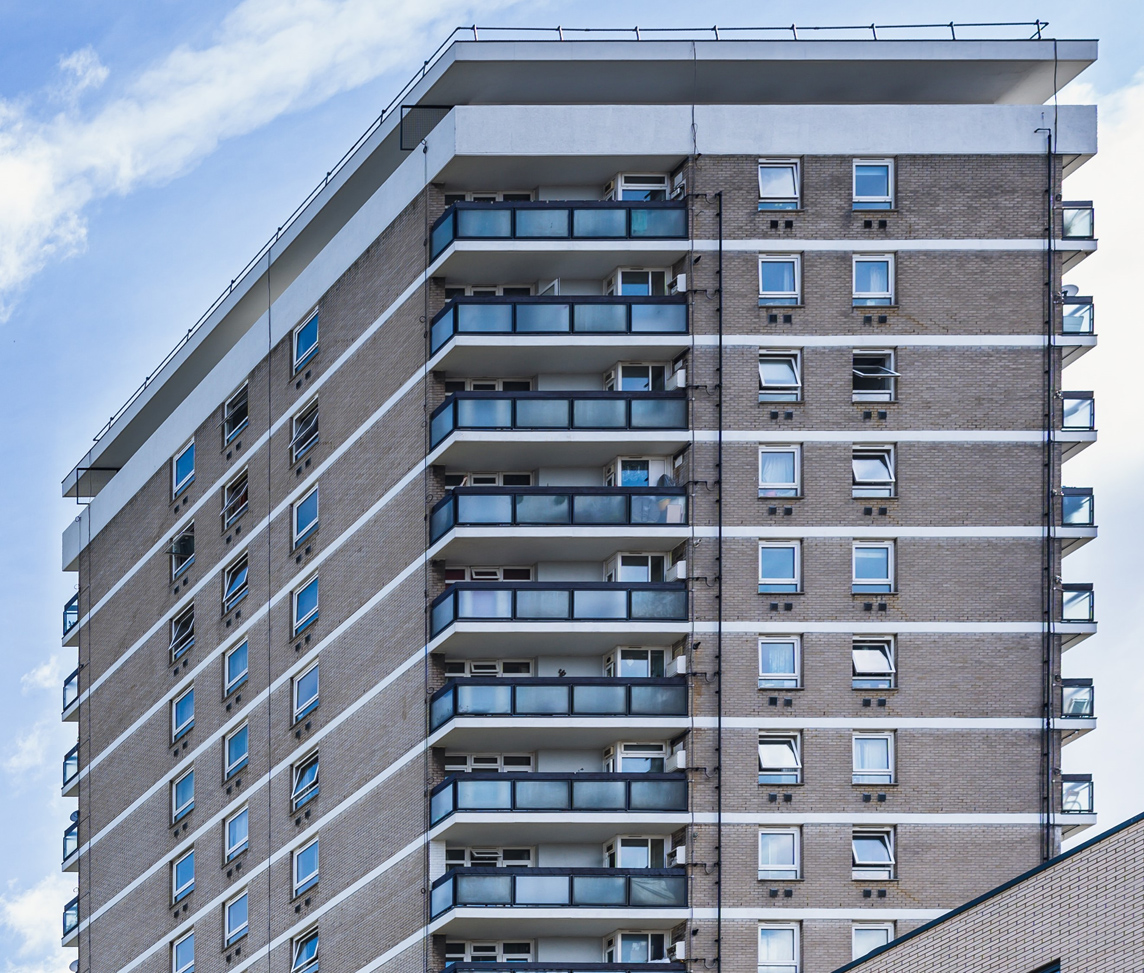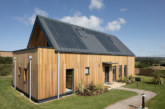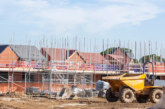
Createmaster and Zutec, leaders in construction management software solutions across the building lifecycle, have launched their new building safety, maintenance and information-focused paper: Building Safety in the Digital Age — Embracing Technology for Enhanced Building Information.
Published ahead of the next provisions of the Building Safety Act 2022 coming into force in October 2023, it explores how the UK building industry has changed over the past five years, and the progress asset owners and building operators have made to manage information and address regulatory requirements. Focusing on the UK residential and rental market and supported by two national sample surveys[1] with non-freehold tenants, the report gets under the skin of current resident attitudes towards building safety, information provision and service quality.
The key findings of the report include a marked improvement in resident access to key building information, but also highlights how poor standards and service still persist, especially addressing maintenance requests, posing potential safety risks.
Making significant strides
Building Safety in the Digital Age shows asset owners have made significant strides in terms of quality and consistency of communication. Supporting this view, there was a 22% leap in resident satisfaction with asset owner communication in the 18 months between the two polls. In 2023, almost half those polled had a greater knowledge of crucial documentation, especially fire certificates (44%[2]) and the party responsible for them (90%). This suggests more robust protocols around building information provision to residents within the 18-month period.
Turning words into action
However, whilst engagement has improved, and is to be encouraged, converting this to actively addressing arising defects and damage appears a greater challenge. Consistent across both data sets, two thirds do not feel their maintenance requests are promptly resolved, with half reporting unaddressed issues.
This dissatisfaction extends to the quality of maintenance provided. In fact, the report goes on to indicate residents are now three times more likely to live in poorly maintained homes, so it’s little wonder service satisfaction declined 10% over the 18 months between the two polls.
Making UK homes safer
The white paper’s supporting research found that, in 2023, only 2% felt somewhat unsafe in their homes, which is to be welcomed and an improvement on 2021 results when some tenants stated they felt very unsafe. It also outlines how, encouragingly, resident awareness around correct fire procedure has risen, equipping them with a better understanding of how to protect themselves in case of future fire outbreaks. However, it seems fire safety issues persist for a significant minority, some attributable to building occupants (items stored in corridors, fire doors propped open), others to the asset owner (no sprinklers, faulty fire alarms and locked fire escapes), and need to be stamped out.
Building a better future
Whilst Building Safety in the Digital Age does flag a handful of longstanding problems it shows, despite external challenges, asset owners and facilities managers are on the right track towards a better built environment, with maintenance spend increasing year-on-year[3]. It also highlights that the number of poor-quality and unsafe homes is falling, but asks the question is this happening quickly enough? Especially as nearly half of residents polled still feel at some degree of fire risk in their homes. No doubt, as the report predicts, greater investment in skills, training and digital innovation, coupled with far tighter regulation will help to bring this number down to the zero mark.
Valuing digital assets
As Building Safety in the Digital Age concludes, delivering the utmost safety and highest quality will be non-negotiable in the new regulatory landscape, and to achieve this will require complete, accurate and accessible building information. As the supporting research shows, the foundations have already been laid, with an across-the-board improvement in the availability of building information. It’s time to build on this positive trend. However, if duty holders don’t continuously keep on top of asset information, this could lead to elevated risks in the future, improper management of an asset and the potential to shorten a building’s lifespan. Moreover, decreased efficiency could potentially lead to increased costs and a loss of profitability.
With compliance and best-practice benchmarks, the report hammers home the importance of the digitalisation of data and documentation now, and the best ways to bring this information online in one secure instance.
Summing up, Zutec COO, Emily Hopson-Hill said: “Asset owners should take heart in these findings, using them to accelerate efforts to eliminate any risk in their properties. Whilst there were significant improvements in information provision and communication, maintenance response times remain a frustration for tenants. We need to achieve an environment where residents feel 100% safe and satisfied in their homes and asset owners and facilities managers can make informed decisions quickly by easily accessing the right information when they need to.
“Digitising property information is one key, easy-to-achieve component, particularly as asset owners work to achieve compliance. As Building Safety in the Digital Age makes clear, with easy-to-access, affordable tools and platforms to achieve complete, up-to-date building data, there can now be no excuse not to invest in this crucial, legal requirement.”
To download a full copy of the Building Safety in the Digital Age white paper, click here.
[1] 2,000 social housing tenants, renters and leaseholders, polled in Summer 2021 and Winter 2023
[2] 11% increase on 2021 results
Earlier this year, Createmaster introduced its ‘Golden Thread: Gateway 3 solution’ for digital handover and contractor compliance. More on that here.









